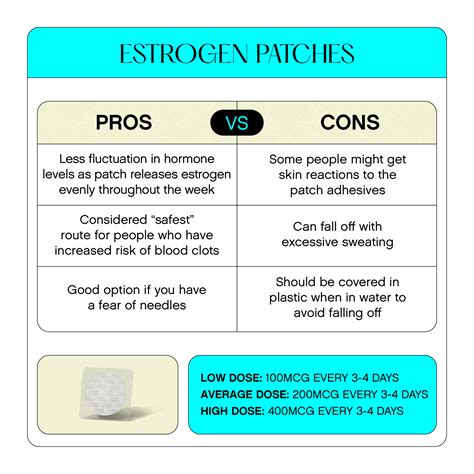Estrus: The Right Dosage for Optimal Results
Estrus, also known as "heat," is the period in a female mammal's reproductive cycle when she is receptive to mating. Understanding and managing estrus is crucial in animal husbandry, particularly in breeding programs for livestock and companion animals. However, the concept of "dosage" in relation to estrus requires clarification. There's no single "dosage" of a substance to directly control or induce estrus; rather, the term "dosage" refers to the appropriate application and timing of various management strategies or hormonal treatments aimed at optimizing reproductive outcomes. This article will explore these strategies and highlight the importance of professional veterinary guidance.
Understanding the Estrous Cycle
Before discussing management strategies, it’s vital to understand the estrous cycle itself. This cycle varies significantly depending on the species. Some animals have regular, predictable cycles (like cats and dogs), while others are seasonally polyestrous (having multiple estrous cycles during specific seasons) or even monoestrous (having only one estrous cycle per year). The phases of the cycle typically include:
- Proestrus: Preparation for ovulation.
- Estrus: The period of receptivity to mating.
- Metestrus: The period after ovulation.
- Diestrus: The luteal phase, when the corpus luteum develops and produces progesterone. If pregnancy doesn't occur, this phase ends and the cycle restarts.
What are the common methods to manage estrus?
Several methods exist to manage or manipulate the estrous cycle, depending on the species and the desired outcome. These aren't dosages in the traditional sense but rather strategic interventions:
-
Hormonal Treatments: These involve administering hormones like GnRH (gonadotropin-releasing hormone), prostaglandins (to lyse the corpus luteum), or progesterone analogs to synchronize estrus in a group of animals or induce estrus in an anestrous animal. The "dosage" here refers to the precise amount and administration route (injection, implant, etc.) as prescribed by a veterinarian, carefully considering the animal's species, weight, and health. Improper use can lead to serious health complications.
-
Nutritional Management: Proper nutrition plays a significant role in reproductive health. Nutrient deficiencies or imbalances can disrupt the estrous cycle. This isn't a "dosage" but rather a holistic approach to ensure optimal body condition for successful reproduction.
-
Environmental Control: For seasonally breeding animals, light manipulation (altering the photoperiod) can be used to influence the onset of estrus. This involves adjusting the hours of light exposure, often using artificial lighting. There’s no specific "dosage" of light but rather a strategic timing and duration tailored to the species.
-
Natural Breeding Management: Careful observation of behavioral changes indicative of estrus (mounting, restlessness, changes in vocalizations) is crucial for successful natural mating. While not a "dosage," this is a precise observation strategy impacting optimal breeding outcomes.
What are the potential risks associated with manipulating estrus?
Manipulating the estrous cycle through hormonal interventions carries potential risks. These include:
- Ovarian cysts: Formation of fluid-filled cysts on the ovaries.
- Infertility: Failure to conceive.
- Reproductive tract infections: Increased risk of infection.
- Behavioral changes: Hormonal treatments can cause changes in temperament and behavior.
Therefore, it's crucial to consult a veterinarian before attempting any hormonal intervention to manage estrus. They will assess the animal's health, determine the appropriate treatment, and monitor for potential side effects.
How can I ensure the success of my breeding program?
Success in any breeding program relies on several factors beyond simply managing estrus:
- Proper breeding techniques: Knowing the optimal time for breeding is critical.
- Genetic selection: Choosing animals with desirable traits.
- Good animal husbandry practices: Maintaining overall animal health and well-being.
- Veterinary consultation: Regular veterinary checkups are essential.
Conclusion:
The concept of "dosage" in relation to estrus management requires a nuanced understanding. It's not about a singular dose of a substance but rather a careful management strategy involving precise application of hormonal treatments (under veterinary supervision), appropriate nutrition, environmental control, and keen observation of the animal's natural behavioral cues. Always consult a veterinarian to develop an effective and safe management plan tailored to your specific animals and breeding goals. This professional guidance is essential for optimizing results and ensuring the health and well-being of your animals.

